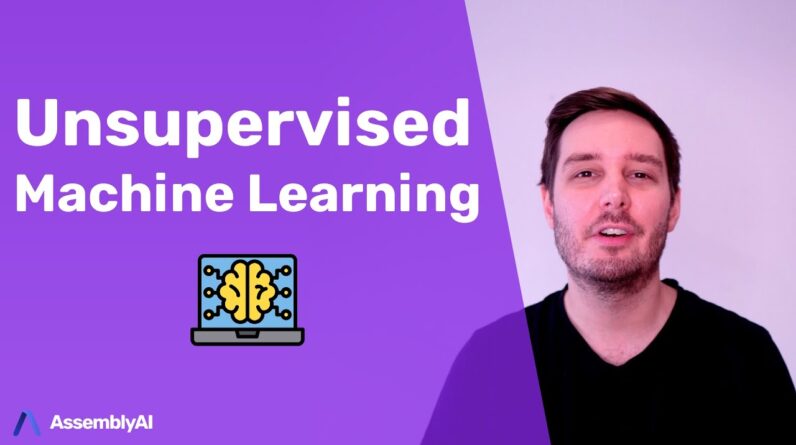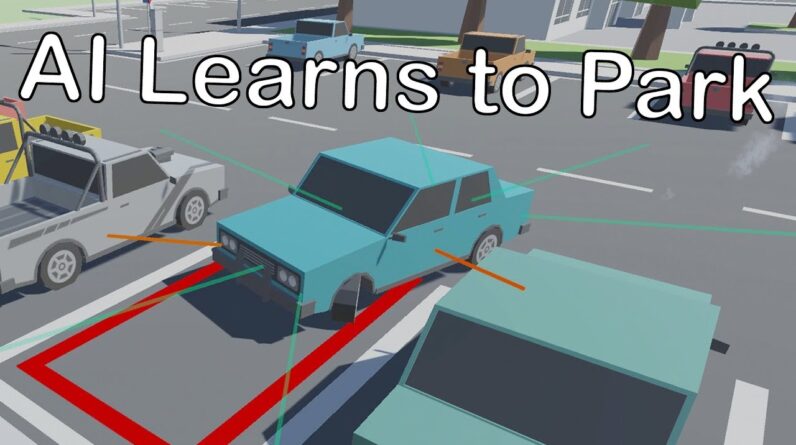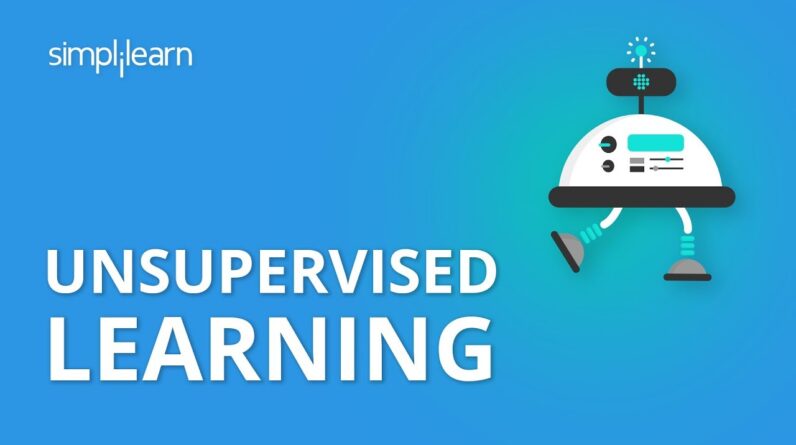If you’re interested in deep reinforcement learning (Deep RL), you might have come across MIT’s course: 6.S091: Introduction to Deep Reinforcement Learning. This course provides a comprehensive overview of the fundamentals and applications of Deep RL, covering topics like Markov Decision Processes, value functions, deep Q-networks (DQN), policy gradient methods, and more. In this blog post, we’ll dive into the key points of MIT’s 6.S091, exploring what you can expect to learn and how it can benefit your understanding and application of Deep RL.
An Overview of MIT’s 6.S091: Introduction to Deep Reinforcement Learning (Deep RL)
MIT’s 6.S091 is a course on Introduction to Deep Reinforcement Learning (Deep RL). This course aims to provide an overview of what Deep RL is all about, its applications, and how to get started with it. This article will explore what Deep RL is, the prerequisites to take the course, what the course covers, and what students can gain from the course.
Introduction
Deep Reinforcement Learning (Deep RL) is an exciting subfield of artificial intelligence that involves learning through trial and error. It is the process of training an artificial intelligence agent to make decisions in an environment to maximize a particular reward. Deep RL has shown promising results in areas like robotics, gaming, and natural language processing.
Prerequisites
The course is ideal for students with an intermediate background in machine learning. Beginners with some basics in Python programming and experience with some core machine learning concepts can also take the course.
Course Content
The course is divided into five main sections:
I. Introduction to Reinforcement Learning
This section covers the basics of RL, including Markov decision processes, Bellman equations, and policy and value iteration.
II. Deep Reinforcement Learning
This section introduces the Deep Q-Network (DQN), which is a neural network architecture that combines deep learning and reinforcement learning. It also covers topics like policy gradient methods and deep actor-critic methods.
III. Advanced Deep Reinforcement Learning
In this section, the course covers state-of-the-art RL algorithms, including Trust Region Policy Optimization (TRPO) and Proximal Policy Optimization (PPO).
IV. Applications of Deep RL
This section explores some of the real-world applications of Deep RL, including robotics and gaming.
V. Capstone Project
The capstone project gives students the opportunity to apply what they have learned in the course by building a Deep RL agent to solve a complex problem.
What You’ll Gain
By the end of the course, students will have gained a strong knowledge of Deep RL concepts, including how to create and implement Deep RL algorithms using Python programming language. They will also have experience in designing and implementing Deep RL-based projects.
If you’re interested in getting started with Deep RL, MIT’s 6.S091 is an excellent place to start. With the right background in machine learning, you can take advantage of the course’s structured, comprehensive content and delve into the exciting world of Deep RL.
Conclusion
In conclusion, Deep Reinforcement Learning is a subfield of artificial intelligence that has shown great promise in various sectors. It involves training an AI agent to make decisions and maximize reward in a given environment. MIT’s 6.S091: Introduction to Deep Reinforcement Learning (Deep RL) is a comprehensive course that provides an overview of Deep RL, its applications, and how to get started with it. With the right background in machine learning, you can explore the structured modules of the course and gain a strong understanding of how to apply Deep RL in various projects.
FAQs
- Can I take the course without an intermediate background in machine learning?
Ans: It is recommended that you have an intermediate background in machine learning, but beginners with basic knowledge of Python programming and experience with some core machine learning concepts can also follow the course.
- What programming language is used for the course?
Ans: Python programming language is used for building Deep RL agents.
- Can I take the course for free?
Ans: The course can be taken for free on the MIT OpenCourseWare website.
- What real-world applications can Deep RL be used for?
Ans: Deep RL can be used in various sectors, including gaming, robotics, and natural language processing.
- What is the capstone project, and what skills will I learn from it?
Ans: The capstone project gives students the opportunity to apply what they have learned in the course by building a Deep RL agent to solve a complex problem. You will gain experience in designing and implementing Deep RL-based projects.






